Asbestos & Bushfires: What You Need To Know
Like everyone right now, I’m overwhelmed by the devastation and loss caused by the current bushfire crisis. Millions of hectares devoured by fire, lives & animals lost, thousands of homes reduced to rubble, cities and communities choking in smoke… it’s impossible to find words to describe the enormity of what’s occurring right now.
My heart goes out to everyone who’s been directly impacted, but I’m also incredibly moved by the compassion and generosity it’s brought out in my fellow Australians. And by the heroic efforts of thousands of those on the front line: the army of volunteer firefighters, emergency service workers, wildlife carers, Red Cross… the list goes on …..
But as a national ambassador for asbestos awareness, I’m also acutely aware of a more sinister side to the bushfire crisis – and that’s the danger posed by asbestos in buildings that have been damaged or destroyed in the fires.
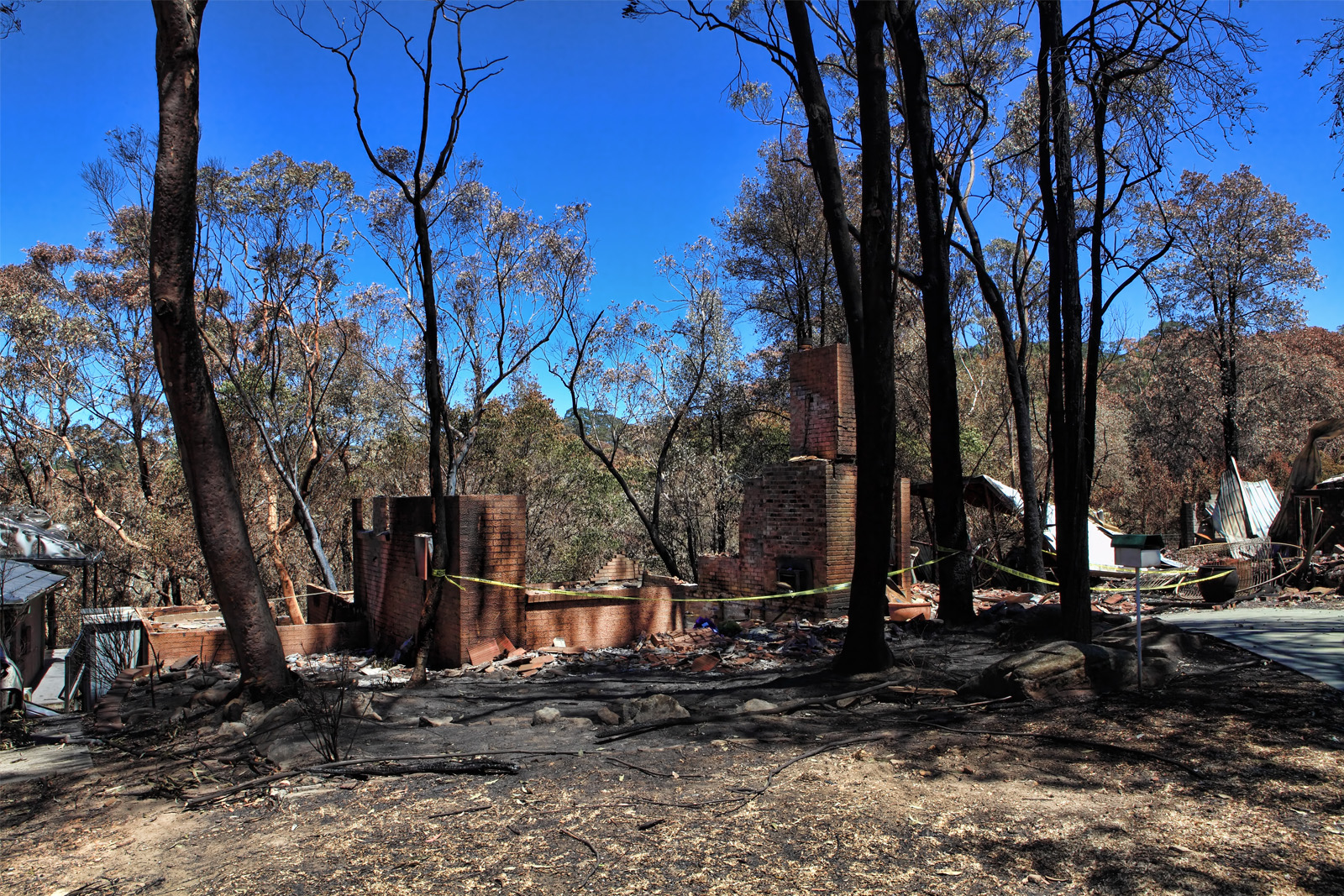
Now, I don’t want to be an alarmist here. The good news is that asbestos only becomes a health risk when those minuscule fibres are disturbed and become airborne. Left alone, asbestos rarely poses a risk. The government body, SafeWork NSW, specifically states that a fire-damaged asbestos building does not generate significant levels of asbestos fibres in the air unless it is disturbed.
Government workers in bushfire-impacted regions are trained to identify and manage the risks posed by asbestos. That means, by waiting to get the all-clear before re-entering any property damaged by fire and following their advice, the health risks are minimal.
At the end of this blog, I list the specific precautions to take if your property is damaged by fire and you’re returning to that property.
Asbestos: Fact vs Myth
As the fire season seems far from over and many more structures are likely to be impacted before summer ends, there are a few facts that are important for every Australian to be across.
It’s estimated that asbestos is present in as many as 1 in 3 homes built prior to 1990, as well as many public buildings built in that time. You’ll see asbestos most commonly used in the form of flat or corrugated sheets (fibro) used for walls, ceilings and roofing, or in products such as pipes, electrical conduit and eaves. It’s found in outbuildings, like chook or pigeon sheds, dog kennels, to name a few.
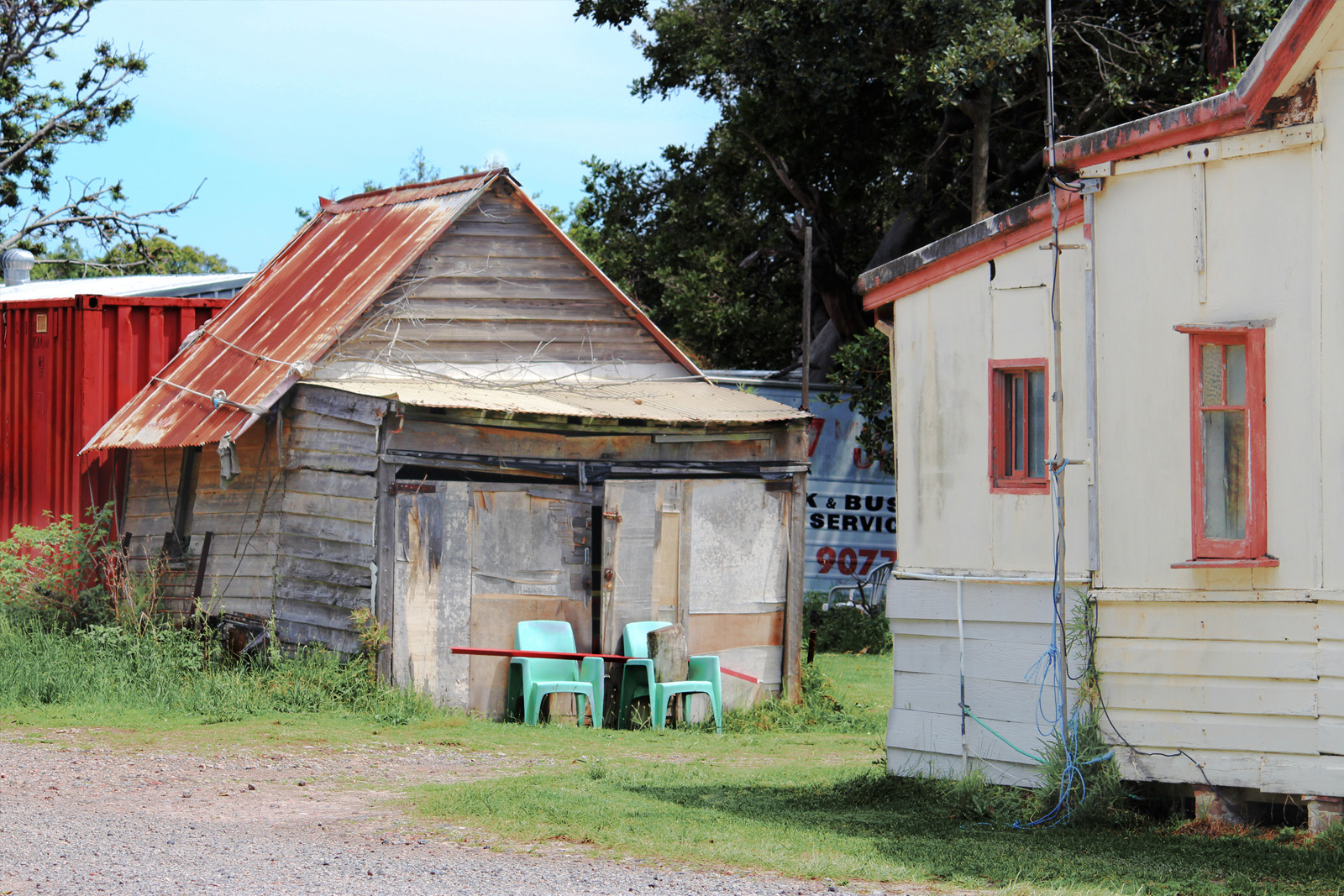
In many of the fire effected regions of Australia, fibro shacks are common. In the small regional NSW town of Batlow, for example, the old hospital has burnt to the ground, asbestos present in the rubble. So public awareness of asbestos facts is acutely important right now.
When fire comes into contact with asbestos, it can become friable and is in its most dangerous form. The term “friable” means that the asbestos is easily crumbled by hand, releasing fibres into the air.
It’s low risk to walk around or near asbestos-damaged structures. That’s really important to understand so that people don’t get unduly alarmed.
It’s only when any materials are directly disturbed, releasing fibres into the air, where they can be inhaled, that the dangers increase. The most likely time that exposure to asbestos can occur is during the clean-up or demolition of the building. However, exposure can also occur when people walk around their home sites, sifting through rubble and ash to look for remains of their personal belongings. Again, that’s why it’s so important to follow the advice of officials on the ground and not enter any site until it’s declared safe to do so.
During bushfires, there’s also the issue of diminished air quality, which many of us are painfully aware of right now. According to Safe Work NSW, hazardous household materials that may be present after a bushfire include asbestos, ash from burnt treated timbers (i.e. copper chrome arsenate or CCA), medicines, garden or farm chemicals, other household chemicals and cleaning products, damaged gas bottles, metal and other residues from burnt household appliances as well as ash and dusts. So play it safe, and if there’s smoke haze about, entertain yourself indoors, with the windows shut.
With all of these facts in mind, here’s what I urge you to do.
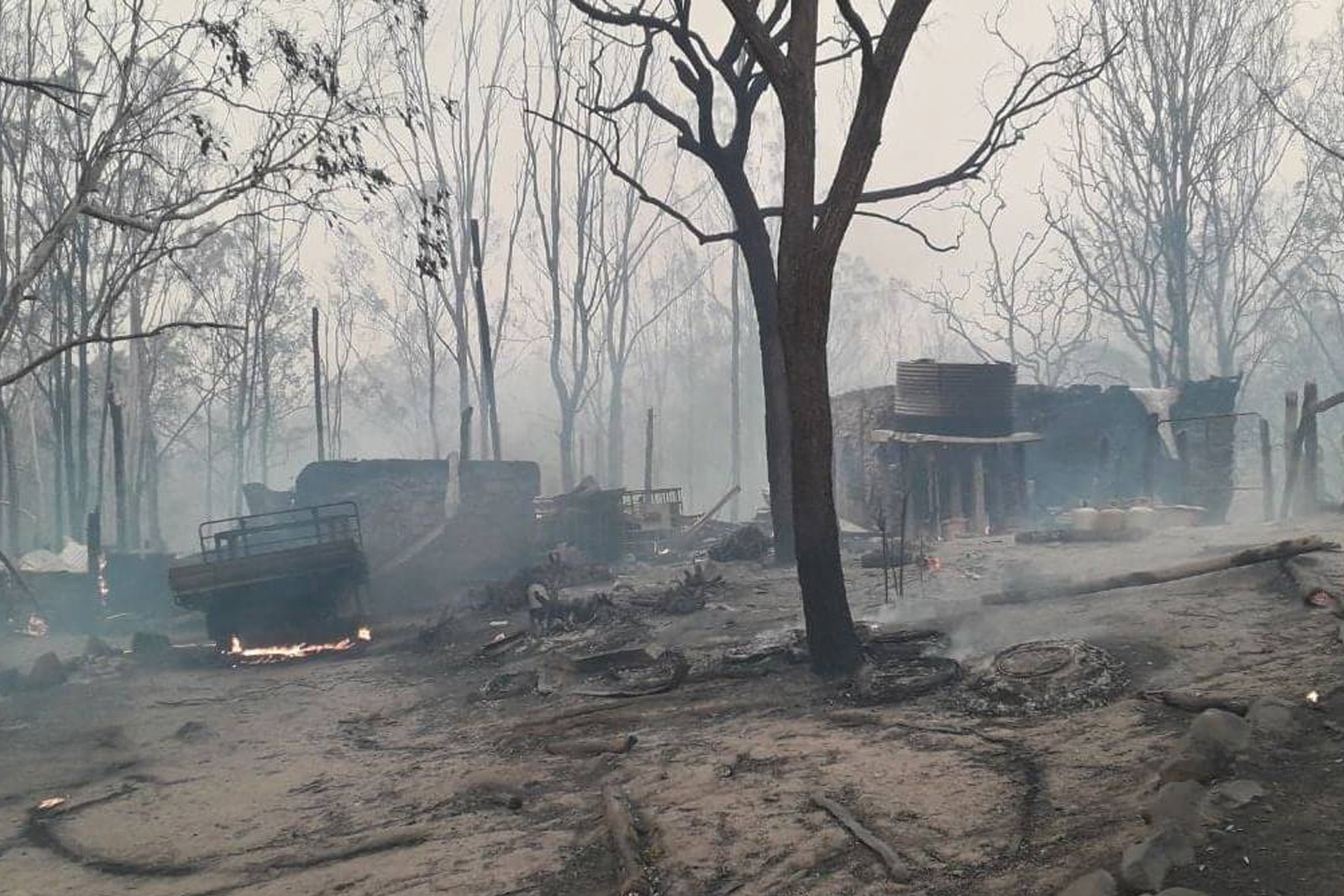
For people in regions directly affected:
- Take comfort in knowing many emergency service personnel are trained on how to manage bushfire-damaged sites. Follow their advice to NOT enter your property until you’ve been given the ALL CLEAR to do so by Emergency Services or other official organisations who’ve assessed your land for asbestos exposure. Do not take children to these areas.
- Do not sift through dust or ash looking for your belongings, as this is when asbestos fibres can become airborne & inhaled.
- To protect yourself from inhaling fibres, it’s advisable to wear specific face masks. Avoid using ordinary paper dust masks, handkerchiefs or bandanas, as these will not protect you from airborne fibres. If you can, try to get yourself, at a minimum, a P2 or P3 face mask, which have filters. Get a tight fit of the mask around your face. Even things like facial hair, beards for example, restrict your ability to get a tight fit around your face.
- Before rebuilding, you’ll need to get an asbestos assessment to identify asbestos in any remains. This should be undertaken by a licensed asbestos assessor or occupational hygienist. In some cases, emergency service personnel may undertake this role in an emergency situation.
- Asbestos debris should be kept wet or sprayed with PVA, or a similar sealant, to suppress the release of fibres until you can get the material safely removed. DO NOT USE HIGH PRESSURE WATER SPRAY GUNS in any clean-up operation as it can circulate fibres around in the air.
- Asbestos clean-up and removal should be only be done by a licensed asbestos removalist who can issue you an asbestos clearance certificate.
For those not in directly affected areas:
- Use common sense. Stay out of smoke if you can. Limit your exposure outdoors.
- It would be a smart move to keep all your house windows closed at home until the air pollution clears.
- While it might be an instant reaction to go out & buy respirators to protect yourself & your family, we need to free up face masks / respirator stocks for people who truly need them most.
For more information on property hazards following a bushfire, visit: asbestosawareness.com.au or Safe Work NSW
Stay safe & let’s hope this all ends soon, for everyone’s sake.
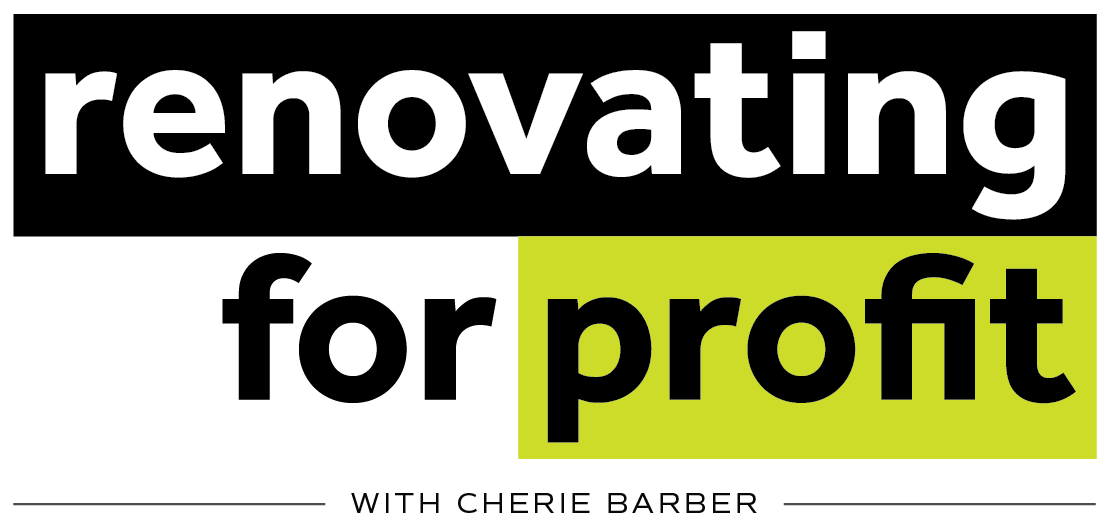

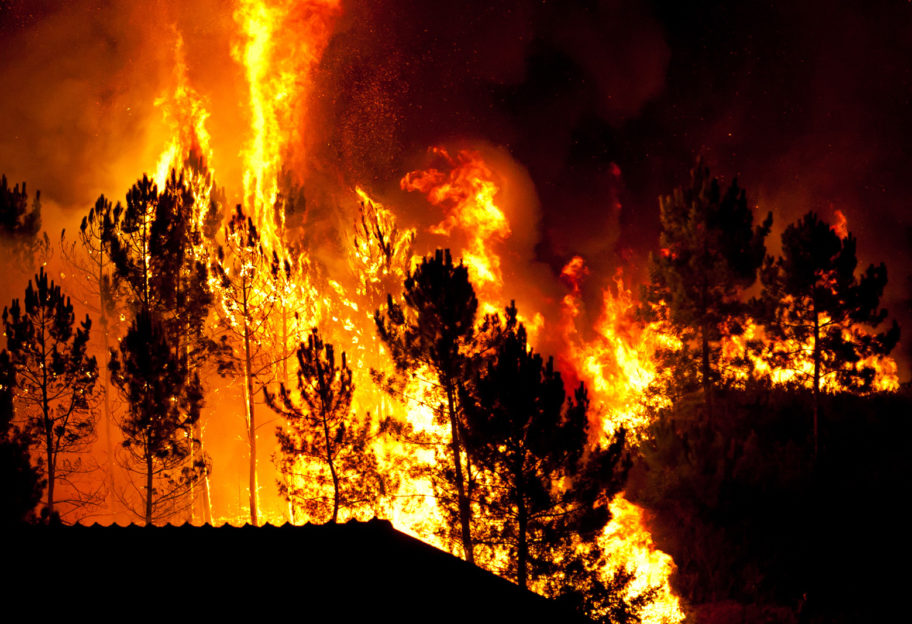



Great information Cherie, thank you for taking the time to put this together for all those affected.
Regards, Tracey
You’re most welcome Tracey. C x
thanks for that great advice Cherie. While we did not lose our home a lot of our neighbouring towns did. kind regards Sandy Hanson
Our thoughts are with everyone who has a tough struggle ahead. So heartbreaking but glad to hear you’re OK. C x
Thank you Cherie, well put and may you Ambassadorial commitments continue to bring sanity to others – especially in these extraordinary circumstances
Thank you.
I have been thinking this for a few days now.
The synergy is amazing!
Thanks again.
Cherie Well Presented Practical Advice. Well Done.
Great article. Sensible clear advice. I feel like I really learnt something Cherie. Thank you.
My job is done then Tracy! Thank you. C x
Thanks for that important information Cherie. It’s something I’d never thought about. I guess many people would sift through the remains of their belongings as soon as they got the chance. It’s just not worth the risk without the proper clearance. Thanks again
You’re most welcome Vicki. C x
Cherie I cannot thank you enough for this post. Getting this information out is imperative and vital for the safety of our communities. I have spoken to emergency services workers in this area and the information here is very relevant and accurate. The thing in Point 5, that even with an area treated with PVA still requires extreme caution as generally over the top surface and visually exposed areas are treated. Thank you and I hope this information helps anyone who’s been through this devastating point during the bushfire crisis.
Thank you Annie for the great feedback. Much appreciated. C x